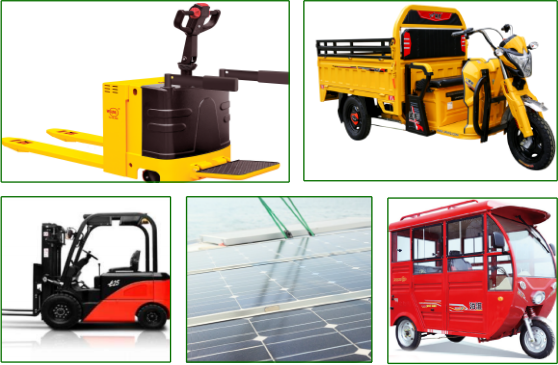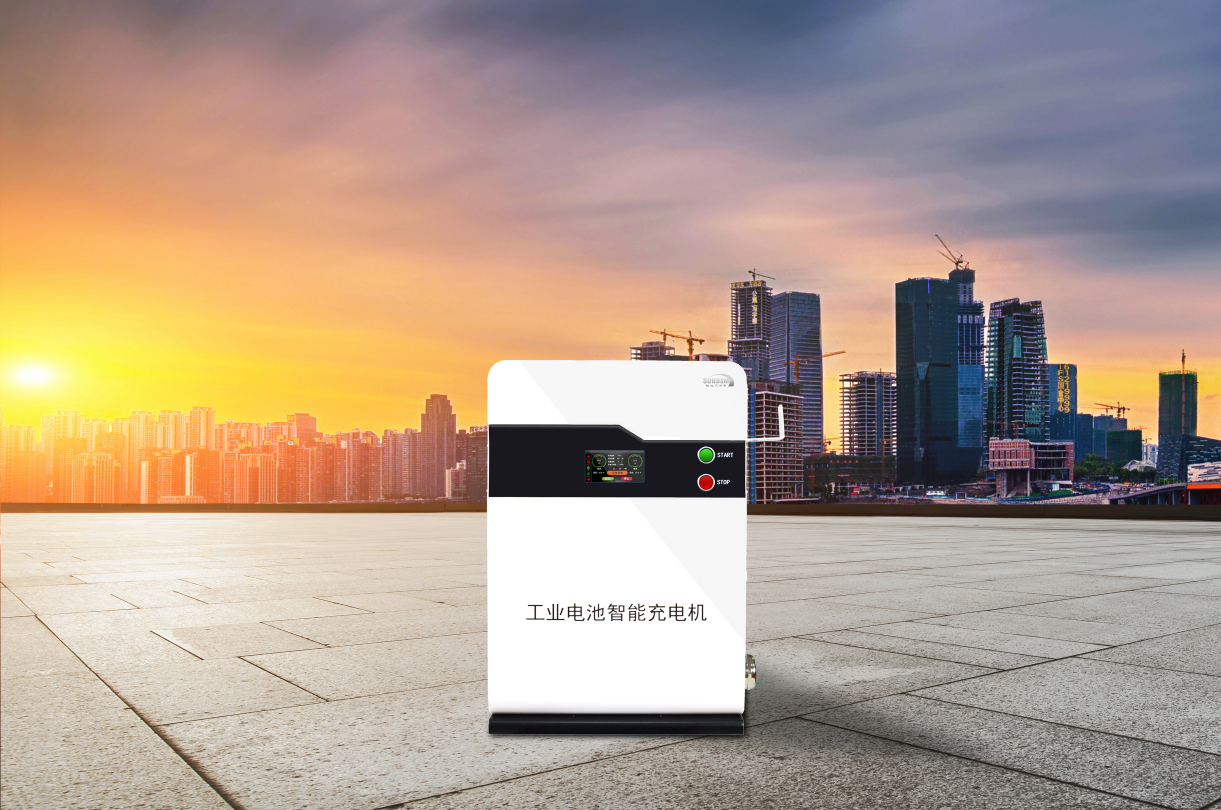On board charger (OBCs) convert AC power provided by a household outlet or charging station into DC power to charge the high-voltage batteries that power electric vehicles and plug-in hybrid vehicles.
On-board charger (OBCs) use low on-resistance Si IGBTs or SiC MOSFETs to reduce conversion losses. Since the on-resistance has the characteristic of decreasing as the gate voltage increases, it is recommended to design a gate drive circuit, such as using a Si IGBT with a high voltage of about 15V or a SiC MOSFET with a high voltage of about 18V.
ABLIC has a series of LDOs that can output the high voltages required for gate driver circuits. Additionally, our product range offers LDOs with built-in watchdog timers for monitoring MCUs, as well as op amps suitable for PFC current monitoring. ABLIC certainly offers ICs that are ideal for On-Board Chargers (OBCs).
An on-board charger (OBC) is a power electronic device in an electric vehicle (EV) that converts alternating current from an external power source, such as a residential outlet, to direct current to charge the vehicle's battery pack.
The OBC communicates with the vehicle controller and charging station to determine the appropriate current/power and the correct charging standard to apply. There are various charging standards around the world, including regional standards in Europe, North America and China. The OBC is able to automatically adjust to the correct regional standards based on data received from the Electric Vehicle Supply Equipment (EVSE) controller or vehicle controller.

The on board charger also plays an important role in bidirectional charging mode, meaning it can also convert DC power from the high-voltage battery pack to AC power to support AC loads (V2L), grid power (V2G) and even other electric vehicles.
OBC innovations can help electric vehicle manufacturers meet consumer demand for faster charging while minimizing battery degradation. AC chargers provide two charging methods: constant current charging and constant voltage charging. Constant current charges the battery faster but cannot charge the vehicle to full capacity; constant voltage charging, also known as trickle charging, is slower but provides more control and can charge the vehicle to full capacity. To optimize speed, the OBC uses a constant current at the beginning of the charge cycle and switches to a constant voltage at the end of the charge.
There are two main types of car chargers: single-phase and three-phase. Standard single-phase OBCs have a capacity of 7.2kW to 11kW, while three-phase OBCs have a capacity of 22kW. The capacity of the OBC is a key factor in determining vehicle charging time.

The fastest charging option available to consumers is DC fast charging, which bypasses the OBC entirely and delivers DC power directly to the battery. Standard DC charging stations have a capacity of 50 kW to 300 kW, which is more than six times the capacity of a single-phase onboard charger. However, AC charging has less impact on the battery, so the increased capacity provided by three-phase OBC can help consumers get the most out of AC charging while minimizing battery degradation.
System Level Solutions
Many safety mechanisms are integrated into on board charger to protect the end user and achieve the functional safety required for automotive applications, such as shutting down power when the load exceeds operating limits and creating isolation between external hardware and internal components to ensure safety . Reduce the risk of electrical failure. Ensuring secure connectivity to the network is also critical because when integrating the EVSE controller, the OBC acts as a high-speed gateway for data to be transferred between the vehicle and the grid.


